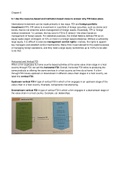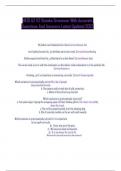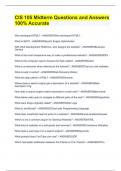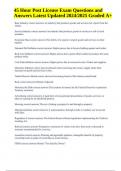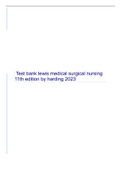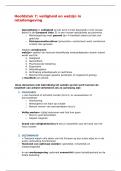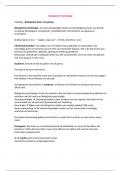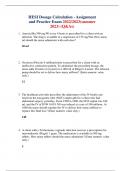Samenvatting
Samenvatting Global Business, ISBN: 9781305500891 International Business (EBP808C05)
- Instelling
- Rijksuniversiteit Groningen (RuG)
- Boek
- Global Business
This is a summary of all the exam stuff for 'International Business'. It summarizes all chapters you need to study for the midterm+endterm. I received a pretty high result by studying this summary! For a lower price, you can send an email to; .
[Meer zien]
